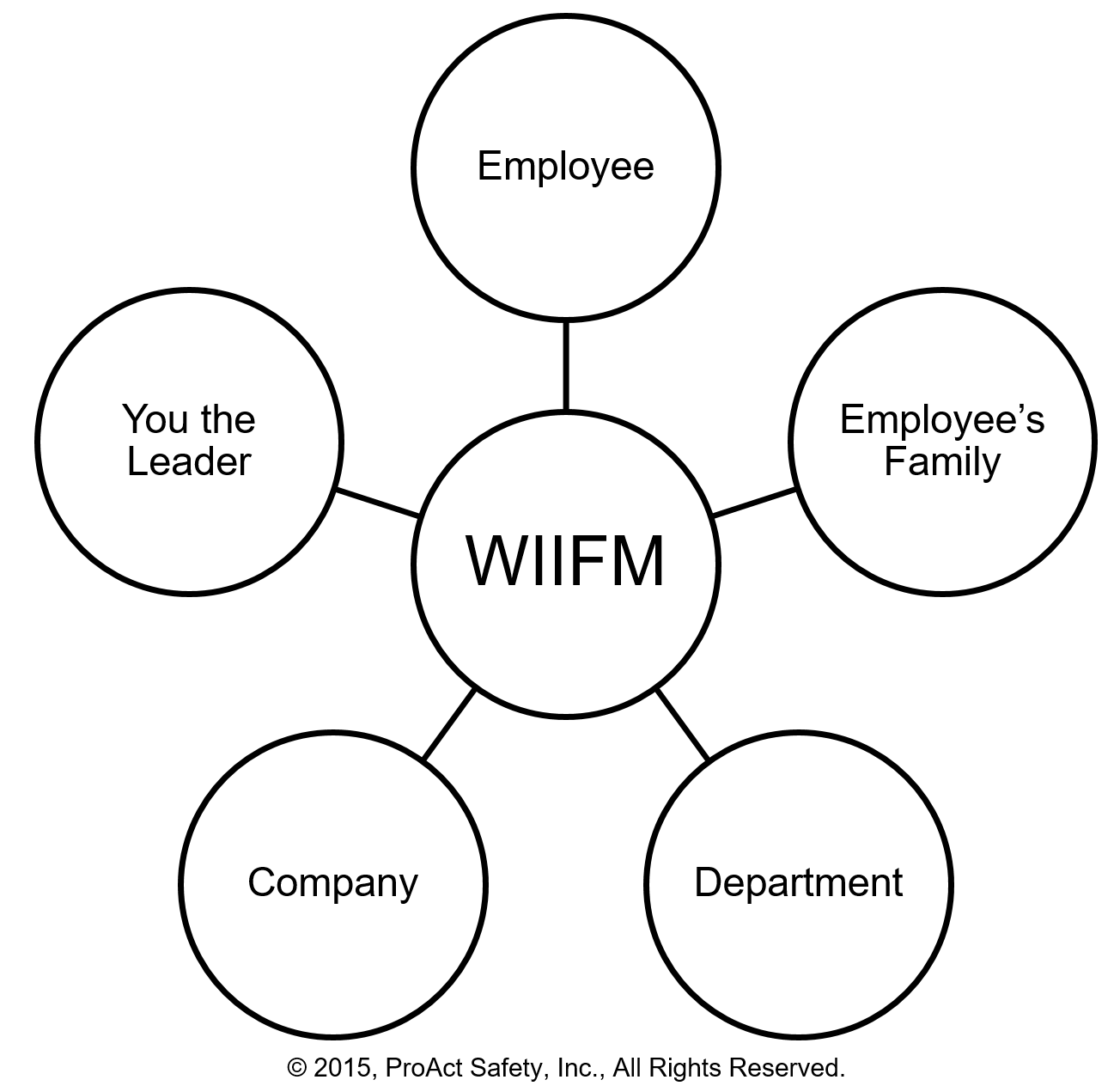Workplace HR & Safety - October 2015
By: Shawn M. Galloway
Printable Version
As safety performance and culture continue to evolve for industry, many companies believe that reducing injuries should be the single goal of a safety program. While it's a good step, it should not be the end goal.
Safety, and its perceived value, have evolved significantly, and continue to do so. The late 1800s brought the first skyscrapers, and it is widely known that these construction projects brought many related deaths. Firms would estimate the number of likely fatalities based on the number of floors constructed. Fatalities were a part of doing business.
In 1908, 15-year-old Harry McShane's arm was amputated and his leg broken after being pulled into a machine at a factory he was employed at for more than two years in Cincinnati. According to his father, his son's employer never visited the young man while he was at the hospital or later in his home while he recovered. Injuries to children working in factories were a part of doing business.
Leading a New Way of Thinking
Then in 1987, newly appointed CEO of the global aluminum giant Alcoa confused the audience at a gathering of Wall Street investors and stock analysts when he took the stage and began his address, "I want to talk to you about worker safety. Every year, numerous Alcoa workers are injured so badly that they miss a day of work. I intend to make Alcoa the safest company in America. I intend to go for zero injuries." To Paul O'Neil, safety was an indicator of company capability. To the obviously stunned looks from the attendees he affirmed, "I'm not certain you heard me. If you want to understand how Alcoa is doing, you need to look at our workplace safety figures." Within a year of this proclamation, Alcoa's profits hit a record high. Being great in safety is great for business.
Today, in many of the best-performing companies, O'Neil's observed correlation rings true. At industry conferences, CEOs are more frequently heard delivering similar messages. At a recent oil and gas conference, one such leader shared this perspective: "If you are not good at safety, what else are you not you good at?" While these are all great perspectives for a top leader to have, as it sends a message of priority and value throughout the organization, it can also send the wrong message.
Evolving How Safety Excellence Is Viewed
Zero injuries is the byproduct of the value of safety excellence; it is not the final destination. Thus, it should not be the only or primary indicator of safety effectiveness. If excellence in safety is defined by the lack of injuries, it can create the perception that as long as no one gets hurt, everyone must be performing safely. This flawed correlation unintentionally facilitates risk-taking in an organization as the association between risky decisions and actions and their outcomes becomes skewed.
Many best-performing companies in safety performance and culture stand apart because of how the value of safety is strategically managed and measured. Rather than establishing goals based on injury rates and developing a list of often disconnected and haphazardly chosen initiatives to positively improve those rates, strategic thinking is leveraged.
As companies desire to increase profits and market share, strategic models are used to make choices on how best to win by creating sustainable value. Safety as a business must be managed similarly. Strategy is a framework of choices, tradeoffs or bets the organization makes to determine how to capture and deliver sustainable value over time. Strategy, therefore, is: How do we win? We win by increasing attention share within the occupational culture. When employees are viewed and treated as customers of the safety improvement efforts, we create engagement, interest and willing volunteers to help with the cause. Without this perspective, if safety improvement efforts disengage the very people who need to be engaged, and results happen to improve, they are rarely sustainable. This is why typical organizations experience slight increases and decreases of incident rates before achieving and sustaining zero recordables.
Finding Individual Value
Safety professionals help organizations add value beyond injury rates when moving the focus from the perceived owners of safety programs-the technical or regulations experts-to advisors and influencers. New value is captured when ownership of these programs and improvement efforts is transferred to employees and line management. What one person values, another does not. Moreover, the value of safety excellence might be different for the average worker and department manager. It is for this reason we cannot assume what the value of safety excellence is to someone. We must ask to find out.
An exercise to determine its value is to lead a brainstorming exercise with individuals either in a group representing the dynamics of the organization or within safety meetings across the company. Take five minutes for each of the following categories or divide the attendees into five groups to individually discuss the "What's In It For Me" (WIIFM) for Safety Excellence as shown in the figure below.

Figure: Answering the WIIFM for Safety ExcellenceSM
This approach required consideration of the following:
- Employee: When we are excellent in safety performance and have the top culture of safety excellence, how does the average employee benefit and what is the value to them?
- Employee's Family: When we are excellent in safety performance and have the top culture of safety excellence, how does the individual's family benefit and what is the value to them?
- Department: When we are excellent in safety performance and have the top culture of safety excellence, how does the department (i.e., the work group to which the individuals belong) benefit and what is the value?
- Company: When we are excellent in safety performance and have the top culture of safety excellence, how does the entire company benefit and what is the value?
- You the Leader: When we are excellent in safety performance and have the top culture of safety excellence, how do you, the leader, benefit and what is the value? This is also a question the safety professional, as a leader, must ask and answer. Allow time for this important reflection to occur.
These discussions will help tease out what should be the obvious value and benefits of safety excellence. Volunteerism, engagement and trust in employee decisions and in leadership's support for safety improvement increases. Relationships are strengthened. Companies have a new competitive advantage when recruiting higher levels of talent and bidding on projects with new customers. Less oversight is required by supervisors and more time is spent on continuous improvement. Stress on family is alleviated while safety practices are transferred off the job, improving quality and longevity of life.
Leading this exercise hundreds of times produces almost identical experiences. Much more value is offered to the individuals, their families, the work groups and the employer than injury rates of zero. Rather than assuming everyone else can see it, facilitate a discussion to help others discover it for themselves. Excellence in safety is not just zero injuries. It is, indeed, great results, but it is also important to know precisely how the results were obtained with the mindset that continuous improvement is always possible. This only occurs with a culture that sees the value beyond injury rates. As a leader in your organization, what are you doing to facilitate this becoming part of the common discussions with individuals at all levels?
 Shawn M. Galloway is the CEO of ProAct Safety and co-author of several bestselling books. As an award-winning consultant, adviser, leadership coach and keynote speaker, he has helped hundreds of organizations within every major industry to improve safety strategy, culture, leadership and engagement. He is also the host of the highly acclaimed weekly podcast series Safety Culture Excellence®.
Shawn M. Galloway is the CEO of ProAct Safety and co-author of several bestselling books. As an award-winning consultant, adviser, leadership coach and keynote speaker, he has helped hundreds of organizations within every major industry to improve safety strategy, culture, leadership and engagement. He is also the host of the highly acclaimed weekly podcast series Safety Culture Excellence®.
For more information, call (936) 273-8700 or email info@ProActSafety.com.
